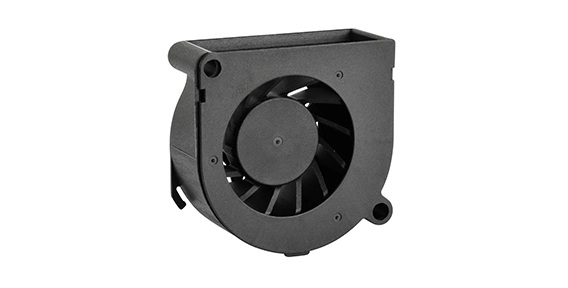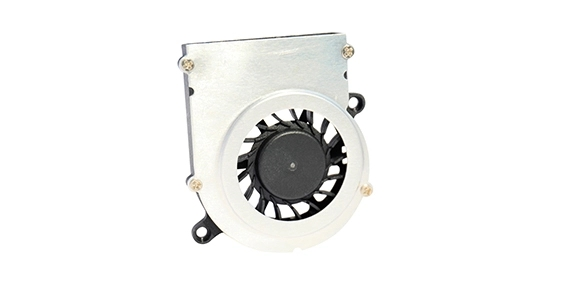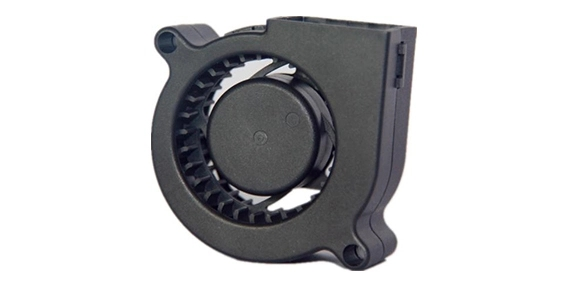When it comes to keeping our electronic devices cool, an essential component often comes to the rescue: the axial cooling fan. From our laptops and gaming consoles to industrial machinery and servers, axial fans play a vital role in dissipating heat and ensuring optimal performance. In this article, we will explore what an axial cooling fan is, how it works, and its significance in various applications. So, let's dive in and uncover the secrets behind this indispensable cooling solution.
What are Axial Cooling Fans:
Axial cooling fans, also known as axial flow fans or simply axial fans, are a type of fan commonly used for cooling electronic devices and machinery. Unlike radial fans that move air radially from the center outwards, axial fans move air parallel to the fan's axis in a straight line. This axial flow creates a continuous airflow, effectively dissipating heat from the system.
How Axial Cooling Fans Work:
Axial fans consist of multiple blades, typically made of plastic or metal, arranged in a circular pattern. These blades are mounted on a central hub, which is connected to an electric motor. When the motor rotates the blades, they draw air in through the front and expel it out through the back, creating a consistent flow of air.
The Significance of Axial Cooling Fans:
Efficient Heat Dissipation: One of the primary functions of axial cooling fans is to dissipate heat generated by electronic components, preventing overheating and potential damage. By continuously moving air across heat sinks, processors, and other hot elements, axial fans help maintain safe operating temperatures, ensuring optimal device performance and longevity.
Noise Reduction: Axial fans are designed to provide effective cooling while minimizing noise levels. With advancements in fan blade design and motor technology, manufacturers have achieved quieter operation without compromising cooling efficiency. This is especially crucial for applications where noise reduction is essential, such as in office environments or home entertainment systems.
Versatile Applications: Axial cooling fans find extensive use in various industries and applications. They are widely employed in computers, laptops, servers, gaming consoles, and home electronics to prevent thermal throttling and maintain stable operation. Additionally, axial fans are utilized in industrial machinery, HVAC systems, automotive cooling, and even in wind tunnels for aerodynamic testing.
Space Efficiency: Axial fans are known for their compact design, making them suitable for installations where space is limited. The slim profile of axial fans allows for easy integration into tight spaces without sacrificing performance, making them ideal for portable devices and applications with restricted airflow paths.
Axial cooling fans are essential components that ensure the efficient and reliable operation of electronic devices, machinery, and industrial systems. By facilitating heat dissipation and maintaining optimal temperatures, these fans play a crucial role in preventing overheating and enhancing device performance. Whether it's your laptop keeping cool during intensive gaming sessions or an industrial machine running smoothly, axial fans silently work behind the scenes to ensure optimal cooling. So, the next time you feel a gentle breeze from your laptop or notice a compact fan keeping a server room cool, remember the significance of the humble axial cooling fan and its vital role in maintaining the performance and longevity of our electronic devices.

 EN
EN  +
+
 +
+
 +
+



